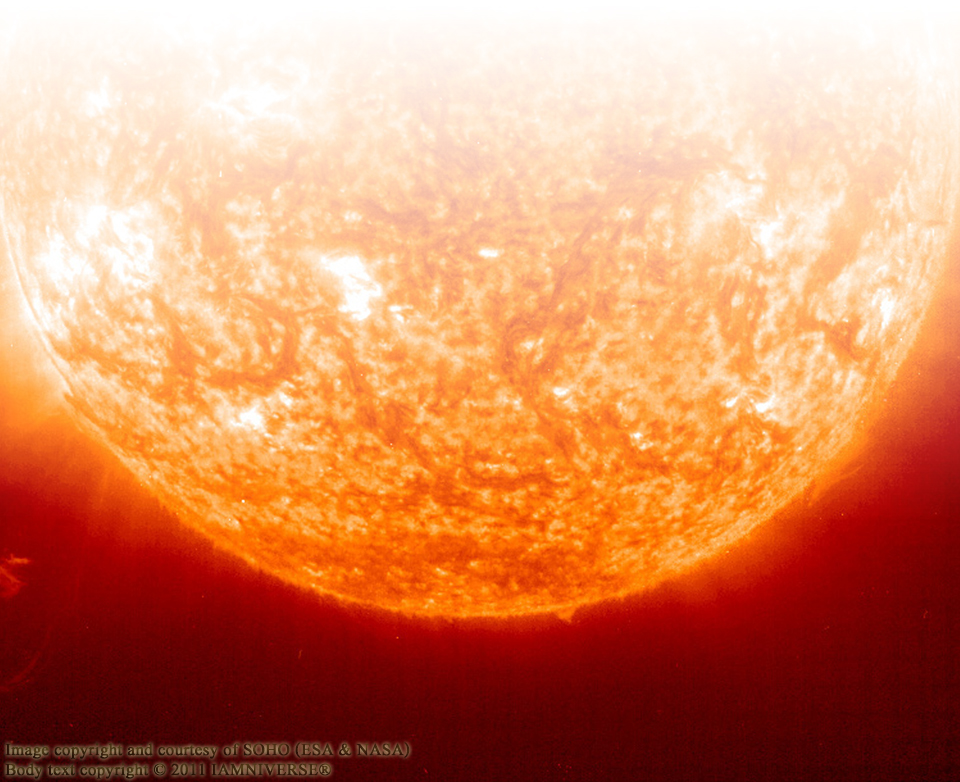The concept of existence versus nonexistence has been a great source of philosophical debate and theory. Relative to the human experience, the concept of existence and nonexistence can now be explained through how consciousness experiences itself. The mechanical nature of consciousness allows for a very simple, axiomatic definition that defines what existence is and what it does, versus what nonexistence is and what it does not do.
Existence is what exists.
Existence can only do two things:
Existence can only exist.
Existence can only change.
Nonexistence is what does not exist.
Nonexistence can only do two things:
Nonexistence can only not exist.
Nonexistence can only not change.
Understanding the above axioms are paramount in understanding the true nature of existence. If existence can only exist and change, the only thing existence cannot change into is nonexistence, because it would have to remove itself from itself, which is a non sequitur. Existence cannot “go into” nonexistence, because nonexistence contains nowhere to “go.” Also, the idea of “going” somewhere is an experience predicated upon the spacetime illusion. Only in spacetime can events and phenomena thereof “go places”; if you remove that framework such notions become irrelevant. But even in the spacetime framework, in the physical universe things don’t physically go into nonexistence—they simply change form. The physical law of conservation of energy states a well-known aphorism that energy can be neither created nor destroyed, but can change form. Changing the format of how something exists is not the same as “going into nonexistence” or “turning nonexistent.” If you shattered a large piece of glass, the shards still exist, just like if you were to evaporate water; the phenomenon simply transformed in time and still exists as another labeled phenomenon.
Consciousness can only experience existence. Consciousness cannot experience nonexistence because there is no experience of nonexistence to be had.


